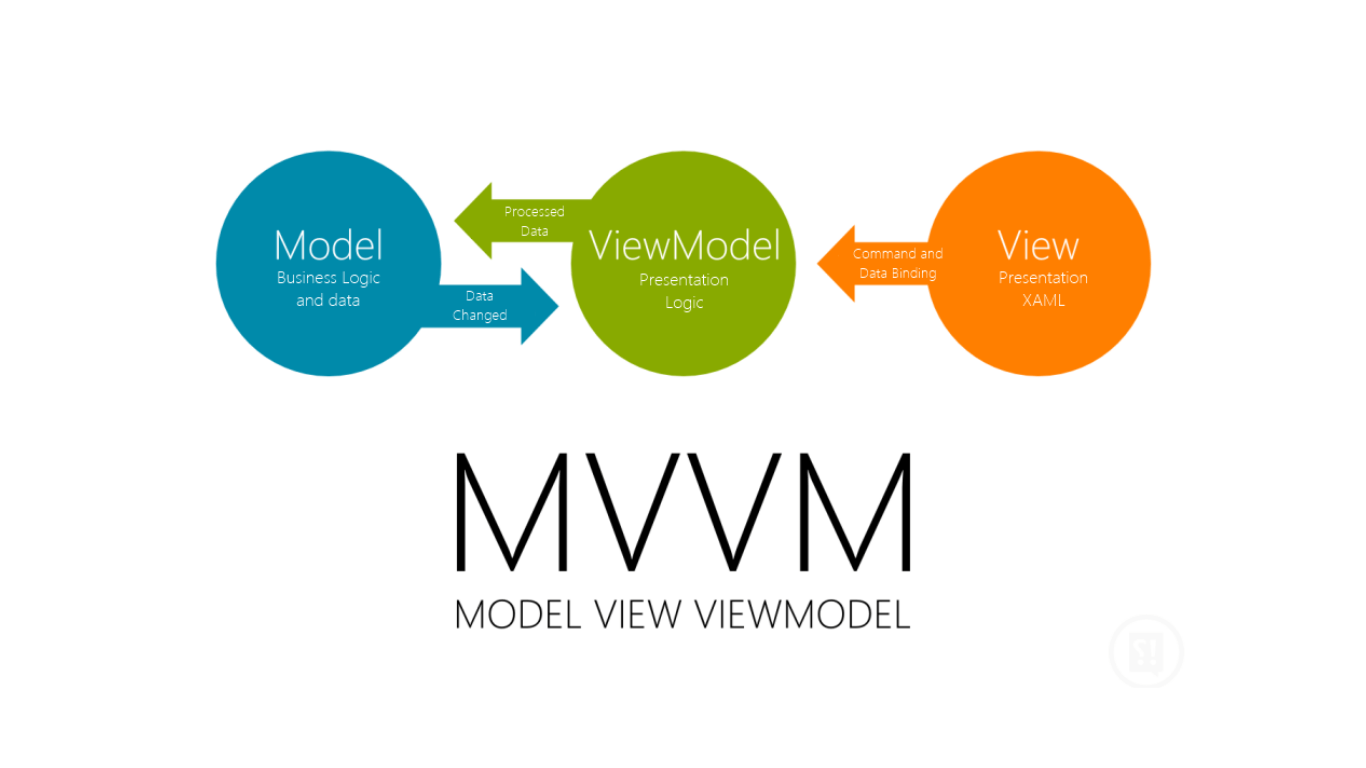
- Model-View-ViewModel (MVVM) - Overview
- Model-View-ViewModel (MVVM) - IDisposable
- Model-View-ViewModel (MVVM) - INotifyPropertyChanged
- Model-View-ViewModel (MVVM) - INotifyDataErrorInfo
View models these days interact with all kinds of precious resources like Compasses and the GPS. Implementing IDisposable is an important pattern you can follow to dispose of these resources cleanly. Freeing them up to be used elsewhere and saving the users battery (Particularly important on mobile devices). Using the IDisposable interface in the Model-View-ViewModel (MVVM) pattern is a wise decision.
Implementing IDisposable correctly is ridiculously hard. If you don't know how hard it really is, I recommend reading the top comment on this Stack Overflow article.
Implementing IDisposable is one of the rare times in C# where a developer has to use C# Destructors and also one of the few times when we have to tickle the garbage collector to stop it from trying to release the unmanaged resources twice by calling SuppressFinalize on GC.
Having to write this code repeatedly is difficult and error prone, so how about a base class?
namespace Framework.ComponentModel
{
using System;
using System.Reactive;
using System.Reactive.Linq;
using System.Reactive.Subjects;
/// <summary>
/// Base class for members implementing <see cref="IDisposable"/>.
/// </summary>
public abstract class Disposable : IDisposable
{
private bool isDisposed;
private Subject<Unit> whenDisposedSubject;
/// <summary>
/// Finalizes an instance of the <see cref="Disposable"/> class. Releases unmanaged
/// resources and performs other cleanup operations before the <see cref="Disposable"/>
/// is reclaimed by garbage collection. Will run only if the
/// Dispose method does not get called.
/// </summary>
~Disposable() => this.Dispose(false);
/// <summary>
/// Gets the when errors changed observable event. Occurs when the validation errors have changed for a property or for the entire object.
/// </summary>
/// <value>
/// The when errors changed observable event.
/// </value>
public IObservable<Unit> WhenDisposed
{
get
{
if (this.IsDisposed)
{
return Observable.Return(Unit.Default);
}
else
{
if (this.whenDisposedSubject == null)
{
this.whenDisposedSubject = new Subject<Unit>();
}
return this.whenDisposedSubject.AsObservable();
}
}
}
/// <summary>
/// Gets a value indicating whether this <see cref="Disposable"/> is disposed.
/// </summary>
/// <value><c>true</c> if disposed; otherwise, <c>false</c>.</value>
public bool IsDisposed => this.isDisposed;
/// <summary>
/// Performs application-defined tasks associated with freeing, releasing, or resetting unmanaged resources.
/// </summary>
public void Dispose()
{
// Dispose all managed and unmanaged resources.
this.Dispose(true);
// Take this object off the finalization queue and prevent finalization code for this
// object from executing a second time.
GC.SuppressFinalize(this);
}
/// <summary>
/// Disposes the managed resources implementing <see cref="IDisposable"/>.
/// </summary>
protected virtual void DisposeManaged()
{
}
/// <summary>
/// Disposes the unmanaged resources implementing <see cref="IDisposable"/>.
/// </summary>
protected virtual void DisposeUnmanaged()
{
}
/// <summary>
/// Throws a <see cref="ObjectDisposedException"/> if this instance is disposed.
/// </summary>
protected void ThrowIfDisposed()
{
if (this.isDisposed)
{
throw new ObjectDisposedException(this.GetType().Name);
}
}
/// <summary>
/// Releases unmanaged and - optionally - managed resources.
/// </summary>
/// <param name="disposing"><c>true</c> to release both managed and unmanaged resources;
/// <c>false</c> to release only unmanaged resources, called from the finalizer only.</param>
private void Dispose(bool disposing)
{
// Check to see if Dispose has already been called.
if (!this.isDisposed)
{
// If disposing managed and unmanaged resources.
if (disposing)
{
this.DisposeManaged();
}
this.DisposeUnmanaged();
this.isDisposed = true;
if (this.whenDisposedSubject != null)
{
// Raise the WhenDisposed event.
this.whenDisposedSubject.OnNext(Unit.Default);
this.whenDisposedSubject.OnCompleted();
this.whenDisposedSubject.Dispose();
}
}
}
}
}There are several interesting facets to this implementation.
- There is a difference between disposing of managed and unmanaged resources in the disposable pattern. To facilitate this, there are two separate protected methods which can be overridden in a derived class to dispose of each of them.
- The disposable pattern requires you to throw an
ObjectDisposedExceptionwhen you try to access a property or method after the object has been disposed. To achieve this, there is aThrowIfDisposedhelper method which can be added to the top of each property or method. - There is an
IsDisposedproperty which can be useful if we don't know if the object is disposed or not. - Finally, there is a Reactive Extensions (Rx) observable
WhenDisposedproperty. This allows us to register for the dispose event.
Here is an example of how the base class is used to dispose of both a managed and unmanaged (COM object) resources.
public class DisposableExample : Disposable
{
private ManagedResource managedResource;
private UnmanagedResource unmanagedResource;
public void Foo()
{
this.ThrowIfDisposed();
// Do Stuff
}
protected override void DisposeManaged() =>
this.managedResource.Dispose();
protected override void DisposeUnmanaged()
{
Marshal.ReleaseComObject(this.unmanagedResource);
this.unmanagedResource = null;
}
}An example of how to dispose of an instance of the above object.
DisposableExample disposable = new DisposableExample();
disposable.WhenDisposed.Subscribe(x => Console.WriteLine("Disposed Event Fired"));
disposable.Dispose();
Console.WriteLine(disposable.IsDisposed);As you can see, it looks a whole lot simpler and has some pretty cool helper functions and features. No more need to remember how to implement this complicated pattern.
Comment
Initializing...